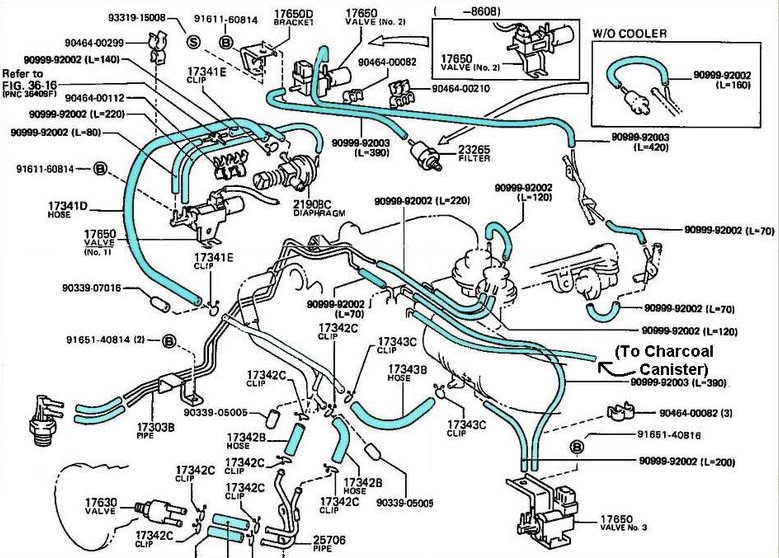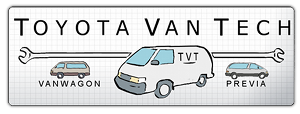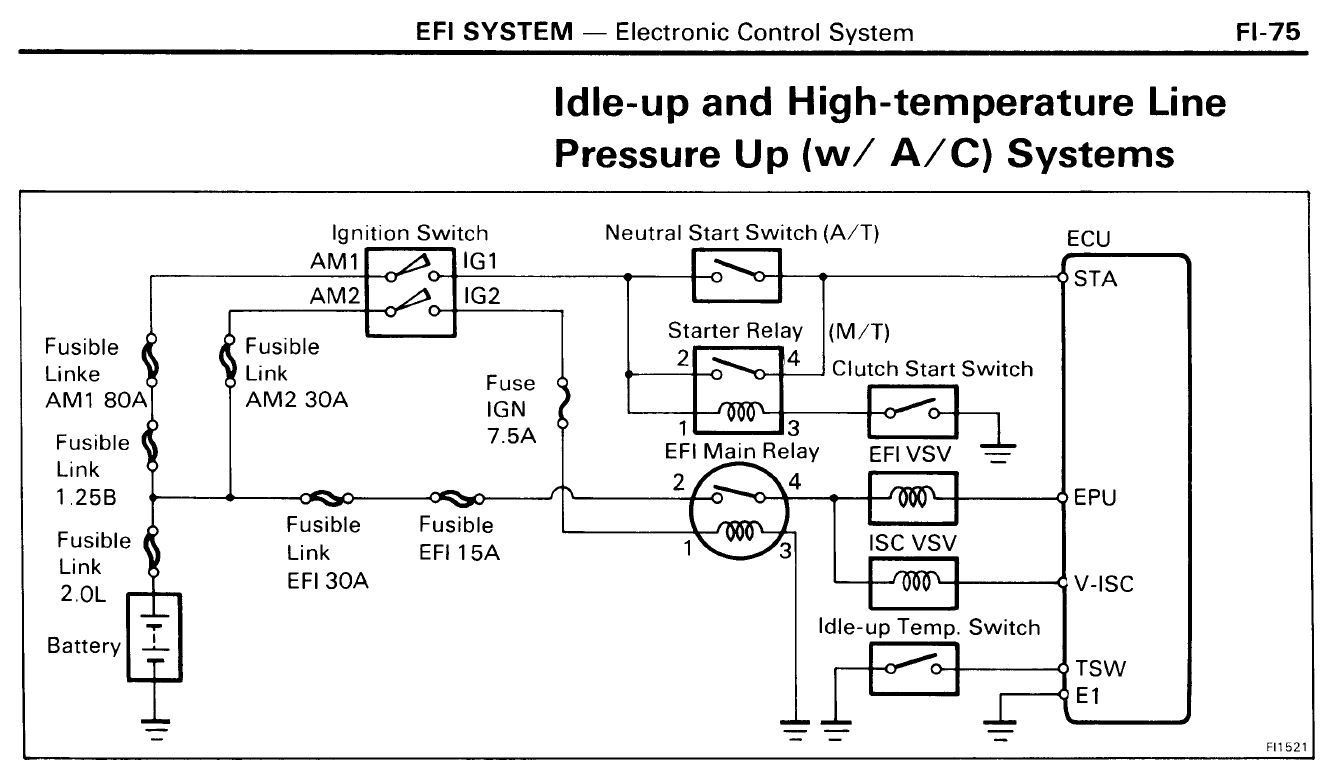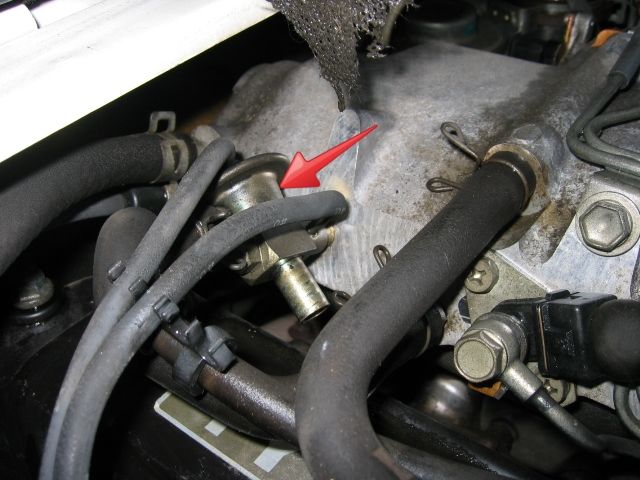So there is this VSV on the passenger side of the engine bolted to the side of the head that takes a vacuum from the intake manifold and switches that vacuum to the fuel pressure regulator. And this interesting attached diagram shows that there is a variation of the system where it is NOT present, see the box in the diagram that says W/O COOLER. So can someone please explain this to me? What cooler? I thought fuel pressure was regulated by the ECU maybe telling this VSV to switch on or off. Or does simple direct manifold vacuum control fuel pressure, and the VSV disables that when the cooler is in the system? Also, if the intake manifold has filtered air already, then why is there a filter (part #23265) needed? To keep the VSV from gumming up maybe? By the way, all these issues are because my 1987 van with 4YE does feel as zipping as my 1984 with a 3YE.





 Reply With Quote
Reply With Quote



 .
.



 .
.


 .
.

